I am currently using the gaussian mixture model to fit some data I have in matlab. I am using the gmdistribution.fit function, and have a question regarding the fit.
The following code is used to generate the PDF.
%Plot ECDFHIST
[ecdf_f,ecdf_x] = ecdf(X);
ecdfhist(ecdf_f,ecdf_x,25); hold on;
%Fit GMM
options = statset('Display','final');
obj = gmdistribution.fit(X,3,'Options',options);
gausspdf = pdf(obj, xaxis);
This example is a fit to one of my worst data sets:

In short, my 3rd order GMM has 2 modes with a large standard deviation(SD), but the 3rd mode has a high peak, and small SD.
In the same way I can change the bin size with ECDFhist function, is there a way to change the options on the gmdist.fit(options), or similar, to increase my bin width (decrease number of bins)?
Any help would be greatly appreciated!!
Many Thanks, M